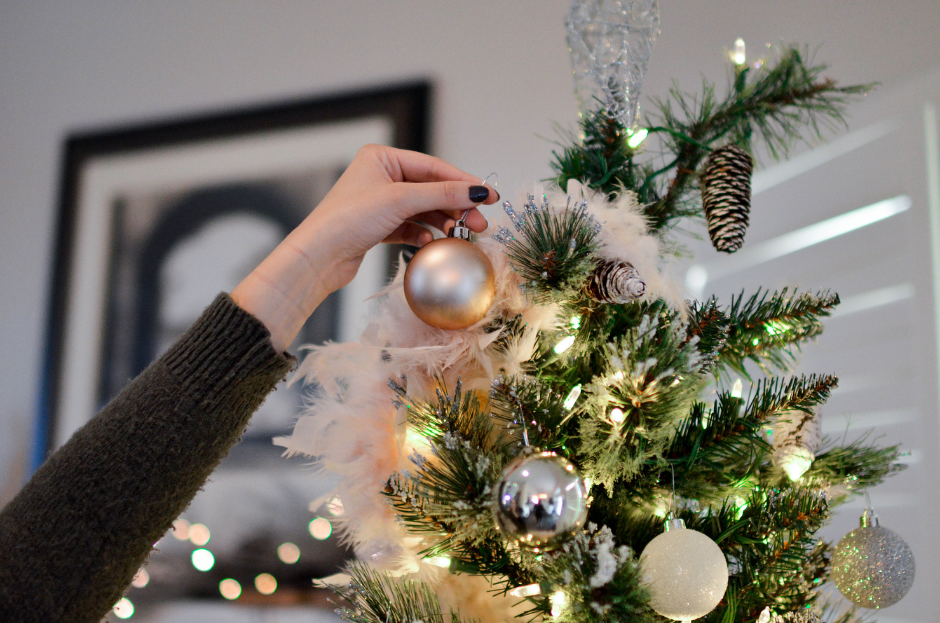Whether your Christmas tree is artificial, fresh from the farm, Douglas fir, or has white lights or color, now is the time to remember Christmas tree safety guidelines.
According to the National Fire Protection Association, “Between 2012-2016, U.S. fire departments responded to an average 170 home fires that started with Christmas trees per year. These fires caused an average of four deaths, 15 injuries, and $12 million in direct property damage annually.”
Although Christmas tree fires are not very common, they do happen, and when they do, they are likely to be serious. So when you bring your Christmas tree into your home this year, make sure that you are aware of the potential and take the appropriate precautions.
Here are some of TSS’ tips for keeping you and your family safe as you gather around the tree this holiday season:
Picking a real tree
- Choose a tree with fresh, green needles that do not fall off when touched.
Placing your tree
- Before placing the tree in the stand, cut 2 inches from the base of the trunk.
- Make sure the tree is at least three feet away from any heat source, like fireplaces, radiators, candles, heat vents or lights.
- Make sure the tree is not blocking an exit.
- Add water to the tree stand. Be sure to add water daily.
Lighting the tree
- Use lights that have the label of an independent testing laboratory. Keep in mind, some lights are only for indoor or outdoor use.
- Replace any string of lights with worn or broken cords or loose bulb connections. Read manufacturer’s instructions for the number of light strands that can be connected.
- Never use lit candles to decorate the tree.
- Always turn off Christmas tree lights before leaving home or going to bed.
Disposing of your tree
- Get rid of the tree after Christmas. Dried-out trees are a fire hazard and should not be left in the home, garage, or placed outside against the home.
- Check with your local community to find a recycling program.
- Bring outdoor electrical lights inside after the holidays to prevent hazards and make them last longer.
To learn more about safety tips for the holidays, visit the TSS website and follow us on Facebook.

